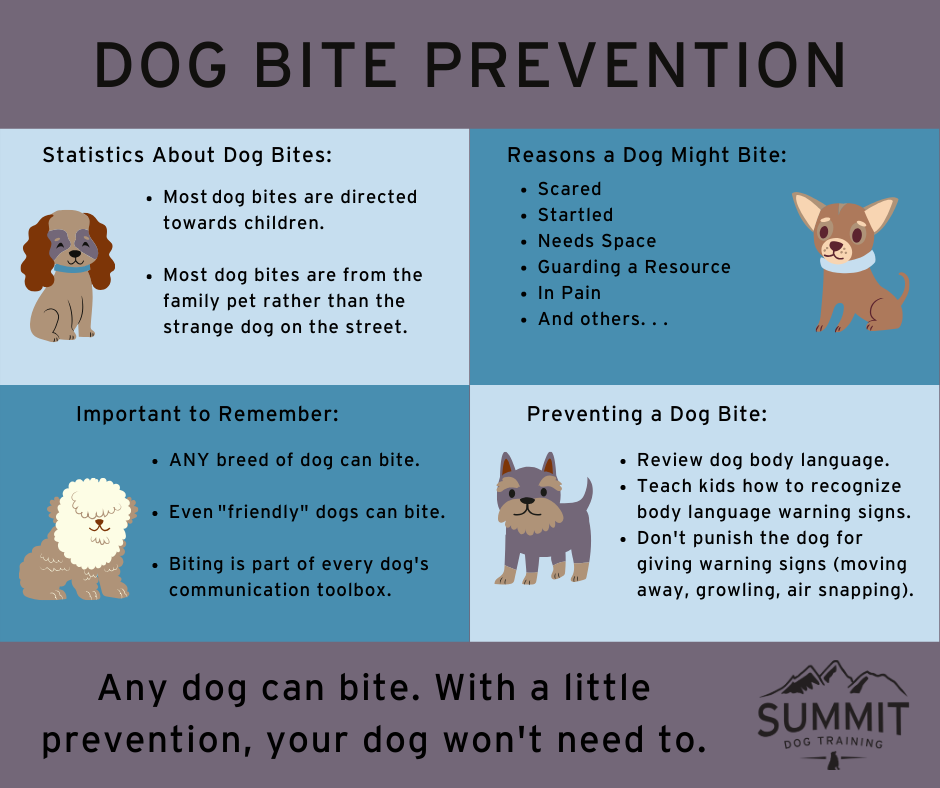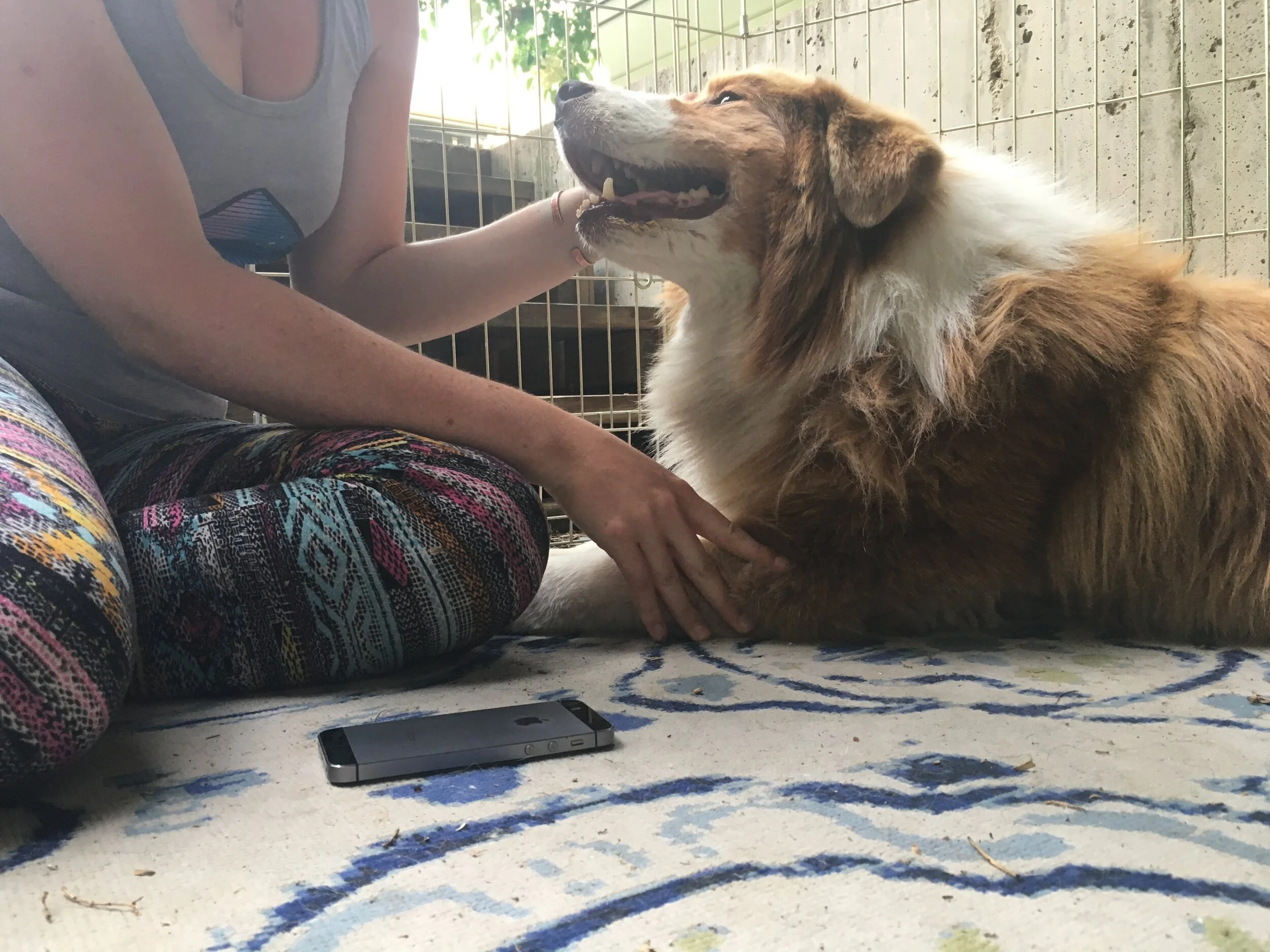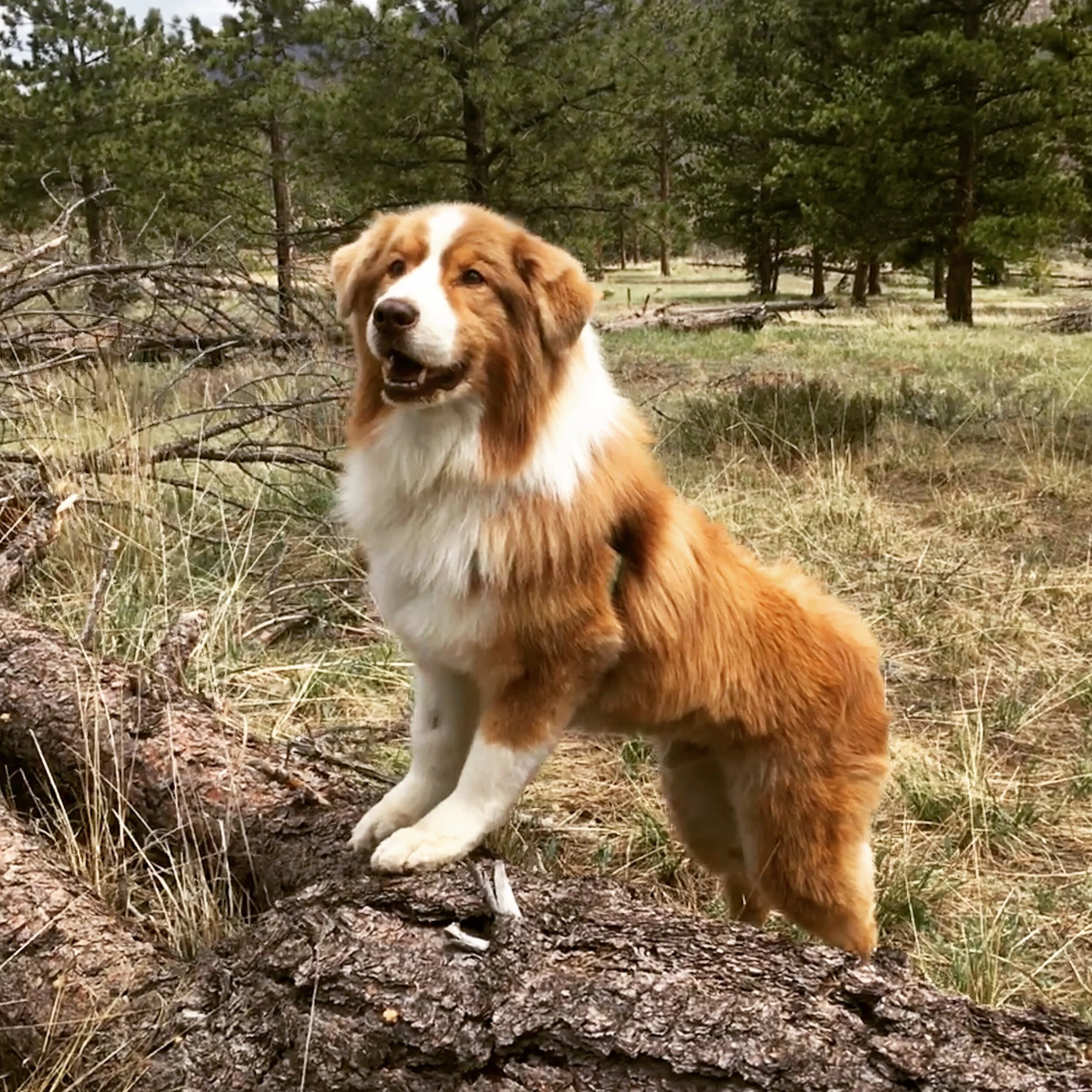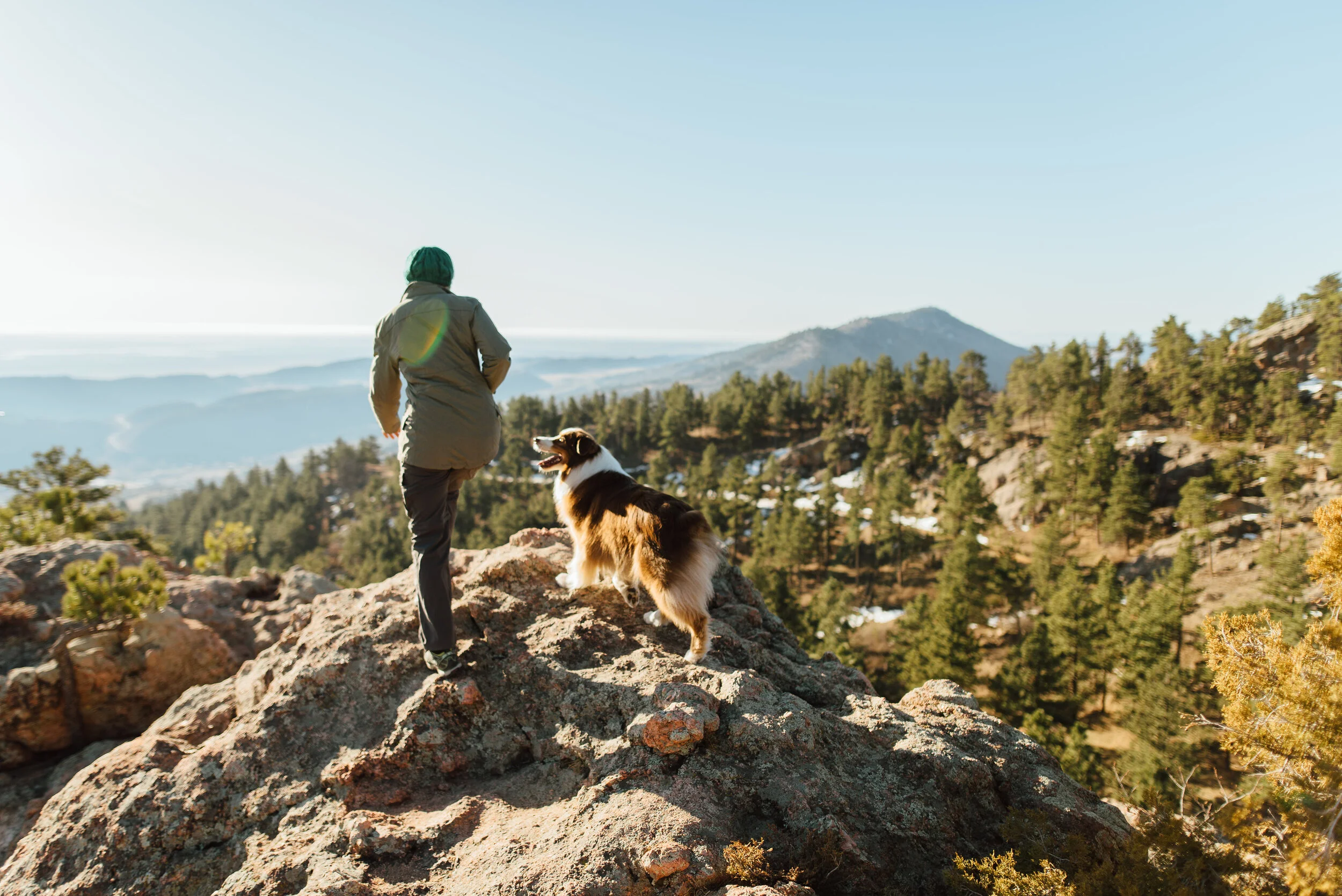We love the extra time we're getting to spend with our dogs.
But the truth is we're going to need to go back to work at some point.
The more we can do right now throughout this quarantine period to help our dogs prepare for that, the better. This is especially important if you have a new puppy at home.
A few weeks ago, I teamed up with Megan Wallace of Dogs Deciphered on two weeks of daily challenges focused on preparing our dogs for separation from us when the world returns to normal after Covid-19.
Here are some simple things you can be doing to help your pup prepare to send you back to your out-of-the house routine with confidence.
This is only half of the challenge content - for the other 5 daily challenges, be sure to check out Dogs Deciphered’s blog on this same topic! You’ll find the missing Odd Numbered challenges on the Dogs Deciphered blog.
#2 - Add Separation to Your Routine
While you are stuck at home, think about adding some routine times when your dog is on the other side of a barrier from you, or just out of sight. One easy way to add this to your routine would be at meal times!
When you give your dog their regular meals, intentionally leave the room for a few minutes. You don't have to be out of sight if that's too difficult for your dog at first. Just start by stepping over a baby gate and getting some distance from your dog while they eat.
After a few times of this, if it's getting easier for your dog to relax and eat with a baby gate separating you, start ducking out of sight for that time.
Remember, go slowly. If your dog is panicking or stressed out, break down the difficulty a little bit and work up more slowly.
Check out the whole post on Facebook here.
#4 - Get In the Crate!
Building off of Dog Deciphered's first challenge post, let’s talk about foundation crate skills!
This is especially relevant if you have a new puppy, but even older dogs can use a brush up on crate skills every now and then.
Crates are used for so many beneficial things throughout your dog's life:
❤️ Safe alone time when you aren't home.
❤️ Restraint at a groomers or veterinarian office.
❤️ Riding safely in the car.
We can teach our dogs to love their crate, and one of the first steps for that is teaching them how to "crate up" on their own four feet instead of needing to be placed inside.
Watch the video to see Jamie learn the foundation step of walking into his crate on his own!
Check out the whole post on Facebook here.
#6 - Take a Nap in the Crate!
For puppies (and adult dogs too), being able to nap calmly when in a crate or behind a barrier is an essential life skill.
On today's edition of the #itsoktobealone challenge, join Amber as she puts puppy Jamie down for a nap. We made a few cuts to reduce the video in length, but otherwise you'll see some real-time steps that Amber takes to help Jamie relax (and eventually fall asleep) easily in his crate, without a lot of crying & panicking.
Supporting our dogs to calmer behaviors before leaving them is actually a critical piece of preventing separation anxiety. If we leave our dogs when they are upset, we are just giving them more opportunities to rehearse stressed behaviors. (If you need a refresher on what stressed behavior looks like, check out Dogs Deciphered’s post #5 for some resources!)
Check out the whole post on Facebook here.
#8 - Use Technology to Collect Data
Technology can be our friend, especially when it comes to evaluating our dogs' behaviors when we aren't home.
This next installment of the #itsoktobealone challenge: Leave your house for a bit (maybe run to the store or take a walk around the block) and record your dog while you are gone!
When you get back, watch the footage and take a few pieces of data.
How long does it take your dog to settle down after you leave?
If your dog is relaxed when you leave, is there a point where they start exhibiting anxious behavior further into your absence?
What body language do you observe from your dog throughout your absence?
Taking data on these three points will help you evaluate how your dog feels when you leave them. From there, you can best plan your separation anxiety prevention or modification plan.
Check out the whole post on Facebook here.
#10 - Know When to Contact a Professional
We have talked about a lot of different ways that you can help prepare your puppy or dog for the time when you are back to work when the world is back to normal. It all starts with working on this NOW, rather than waiting until the week before or the day of.
We talked about:
(Remember, Odd Numbered challenges are on the Dogs Deciphered blog!)
Teaching your dog that going behind barriers is fun!
Working time behind barriers into your normal routine (like meal times)
Practicing leaving routines (like picking up your keys and putting on your shoes) regularly even when you don't actually leave.
Crate Training foundations, teaching your puppy how to put themselves into the crate on their own!
Getting good at recognizing dog body language, specifically stress signals that might indicate that your dog is anxious about you leaving.
Puppy nap times in the crate, and how to help your puppy (or older dog) get to sleep quickly with minimal stress.
Calming Yo-Yo game to work on building duration and distance between you and your dog behind a barrier.
Using technology to take data about your dog's behaviors and their comfort level when you leave them alone.
Adding puzzle toys and enrichment activities to their alone time to build a positive association and keep their brains engaged on good activities!
To wrap up today, let's talk briefly about how to tell if you need some additional help. You might benefit from the guidance of a professional trainer and/or a veterinary behaviorist if your dog exhibits any of the following, and working on it on your own isn't improving things:
Extreme destructive behaviors, like destroying crate & baby gate barriers, chewing into walls & doors, etc.
Self-destructive behaviors, like excessive paw licking, tail chewing, etc.
Pacing, panting, shedding, lip-licking, and other body language stress behaviors persisting throughout your absence.
Reaction to you leaving (or pretending to leave) as you are working on exercises is getting worse, and not better, in any way.
The good news is that professional help for separation anxiety doesn't require your trainer or veterinarian to be present with you and your dog at all.
In fact, the best separation anxiety coaching is done remotely, through video conferencing to set an appropriate training plan and then reviewing videos of your trial absences to make follow-up recommendations.
That means that now is the perfect time to be working on this with some professional help if you feel like your dog could benefit from this!
Thanks for joining us for this series! For additional separation anxiety resources, check out this blog from a few months ago.
Don’t forget to check out the other half of this content on the Dogs Deciphered blog!


















